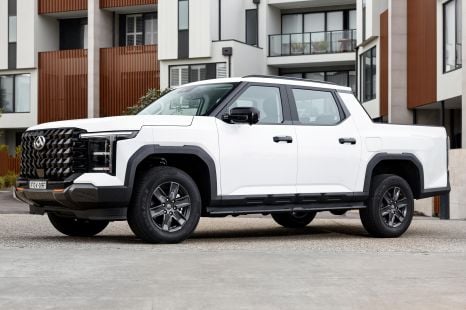

Damion Smy
3 Days Ago
The proposed Honda-Nissan merger may have failed to fire, but Nissan's new CEO and ongoing talks could give it the best shot yet.

Contributor
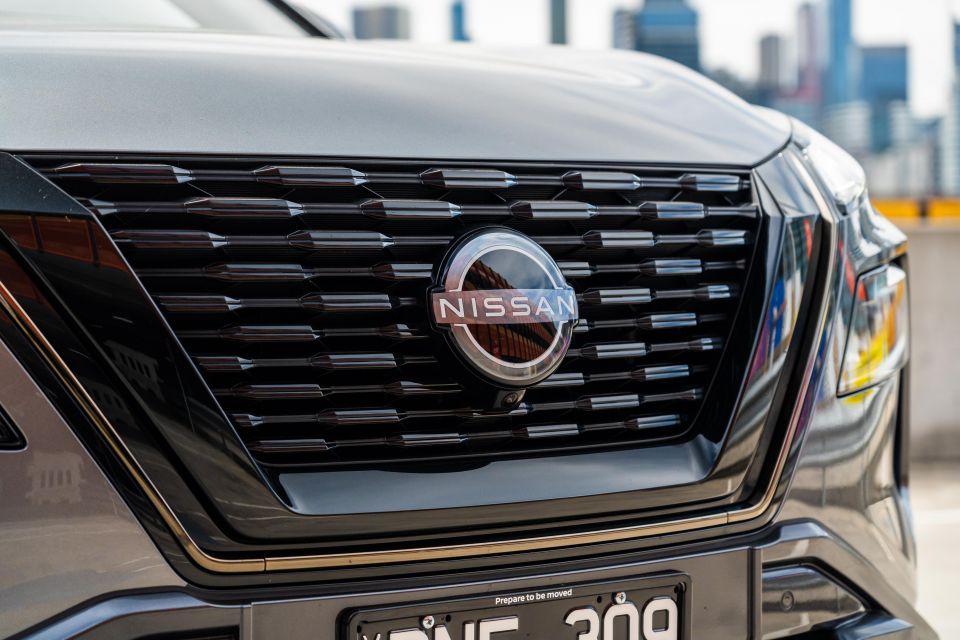

Contributor
Honda and Nissan may have failed to reach an agreement to formally start a relationship, but ongoing talks between the Japanese brands – and a new CEO at the latter – mean a merger could still happen.
Last month, the proposed merger was called off as Nissan didn’t want to become a subsidiary of Honda, instead demanding to be treated as an equal.
Given Honda’s significantly stronger financial position, it refused, ultimately leading to the collapse of the proposed merger.
Since then, Nissan fired its CEO Makoto Uchida – reported to be a caveat of Honda – who will be succeeded by the carmaker’s chief planning officer and head of motorsports, Ivan Espinosa, on April 1.
Hundreds of new car deals are available through CarExpert right now. Get the experts on your side and score a great deal. Browse now.

Though he’s yet to officially take office as Nissan CEO, Mr Espinosa has made clear the door between his company and Honda isn’t closed.
“We are working every week with them because we have a lot of projects with them,” Mr Espinosa said at a media roundtable, reported by InsideEVs.
Guillaume Cartier, Nissan’s chief performance officer, went one step further, saying: “we never stopped” talking to Honda in the wake of the merger collapse.
This gives weight to an earlier report by Nikkei Business, which quoted a Nissan insider as saying: “we don’t know if it will be a wholly owned subsidiary, but the talks will probably proceed in the direction of accepting Honda’s investment”.

While the merger is yet to be officially called back on, the prospect of it going ahead could also impact Mitsubishi, which previously said it didn’t want any part in the merger to begin with.
Less than a month after a press conference announcing the merger was being investigated, The Japan News, citing unidentified sources, reported Mitsubishi was making arrangements to exist outside of the Honda-Nissan merger despite earlier indications that it was strongly considering joining the partnership.
At the time, the publication reported Mitsubishi could still co-operate with Nissan and Honda, however, it was likely to retain its independent listing status rather than become a part of the joint force.
Despite Honda showing Nissan tough love – with its unique ‘e-Power’ hybrid system also on the list of demands to be axed – the carmaker was interested in what Mitsubishi could bring to the table, given its strong impact in South East Asia.
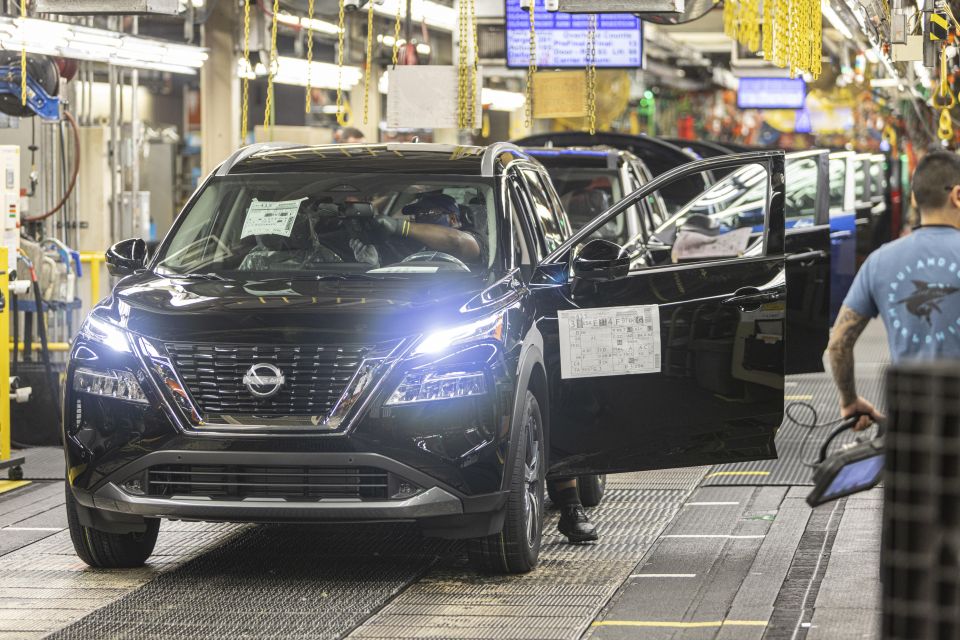
Following the announcement that the merger wouldn’t go ahead, Nissan said it would undertake major cost-saving measures in a bid to recover 400 billion Yen (A$4.14 billion) by the 2026 Japanese fiscal year.
For context, its operating profit slid from 478.4 billion Yen (A$4.69 billion) in April to December 2023 to 64 billion Yen (A$663 million) across the same period in 2024. Its net income also dropped by 320.2 billion Yen (A$3.3 billion) to 5.1 billion Yen (A$52.8 million).
Last week, Nissan made its first major announcement since firing Uchida-san, which included confirming multiple new models for Oceania by the end of the 2027 Japanese financial year (March 2027).
Australia will get the new Navara ute, Patrol off-roader, Leaf electric SUV, and Qashqai e-Power small SUV in 2026, while the long-awaited Ariya mid-size electric SUV is due later this year.
MORE: Nissan confirms five new models for Australia within the next two years MORE: Nissan CEO fired, to be replaced by product planning and motorsports boss MORE: ‘A clash of egos’: What allegedly led to the Honda-Nissan merger failing MORE: Honda’s ultimatum to Nissan: Ditch your CEO if you want a merger – report MORE: Nissan to close factories, cut thousands of jobs as financial woes worsen MORE: Honda and Nissan officially call off merger
Born and raised in Canberra, Jordan has worked as a full-time automotive journalist since 2021, being one of the most-published automotive news writers in Australia before joining CarExpert in 2024.


Damion Smy
3 Days Ago
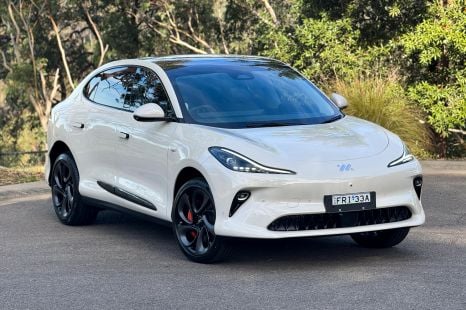

Matt Campbell
24 Hours Ago


Josh Nevett
21 Hours Ago
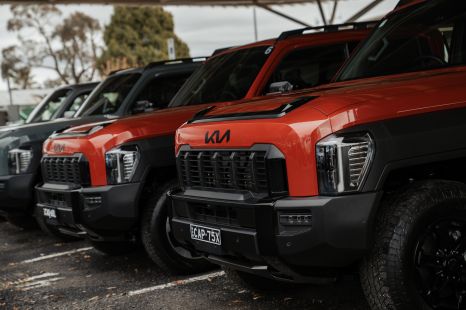

Josh Nevett
21 Hours Ago
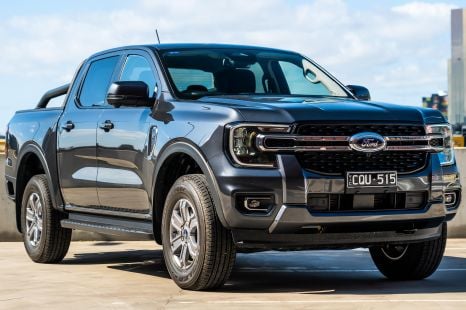

Damion Smy
20 Hours Ago
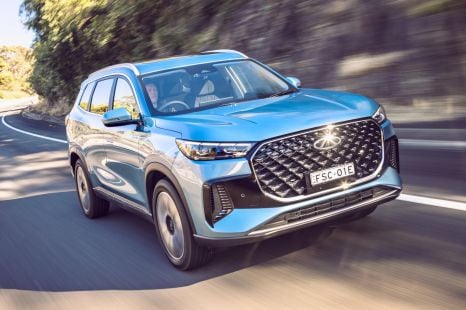

Max Davies
20 Hours Ago